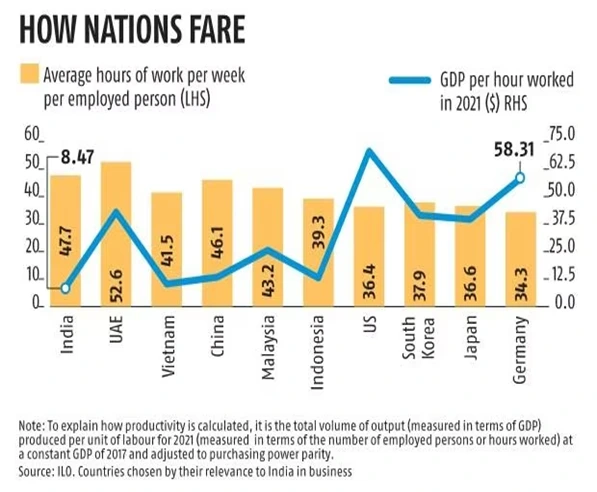
Source: Business Standard
Dark Ships
Maritime Domain Awareness
|
|---|
News Source: The Hindu
World Meteorological Organisation (WMO)
|
|---|
Framework for 2023–2033 Implementation Plan for Advancing Integrated Climate, Environment and Health Science and Service
Success stories
|
|---|
News Source: reliefweb
Theia
|
|---|
News Source: The Hindu
News Source: PIB
News Source: The Hindu
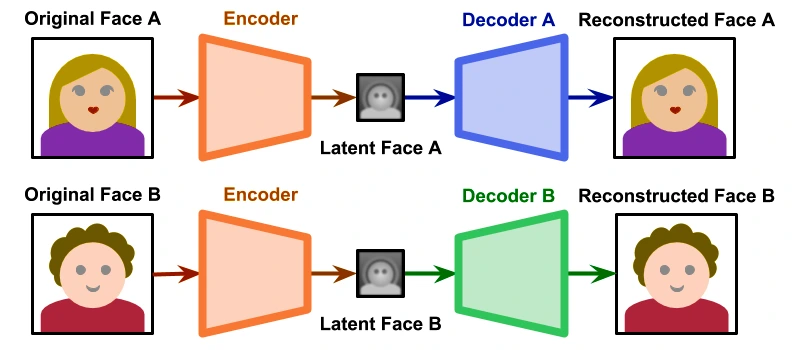
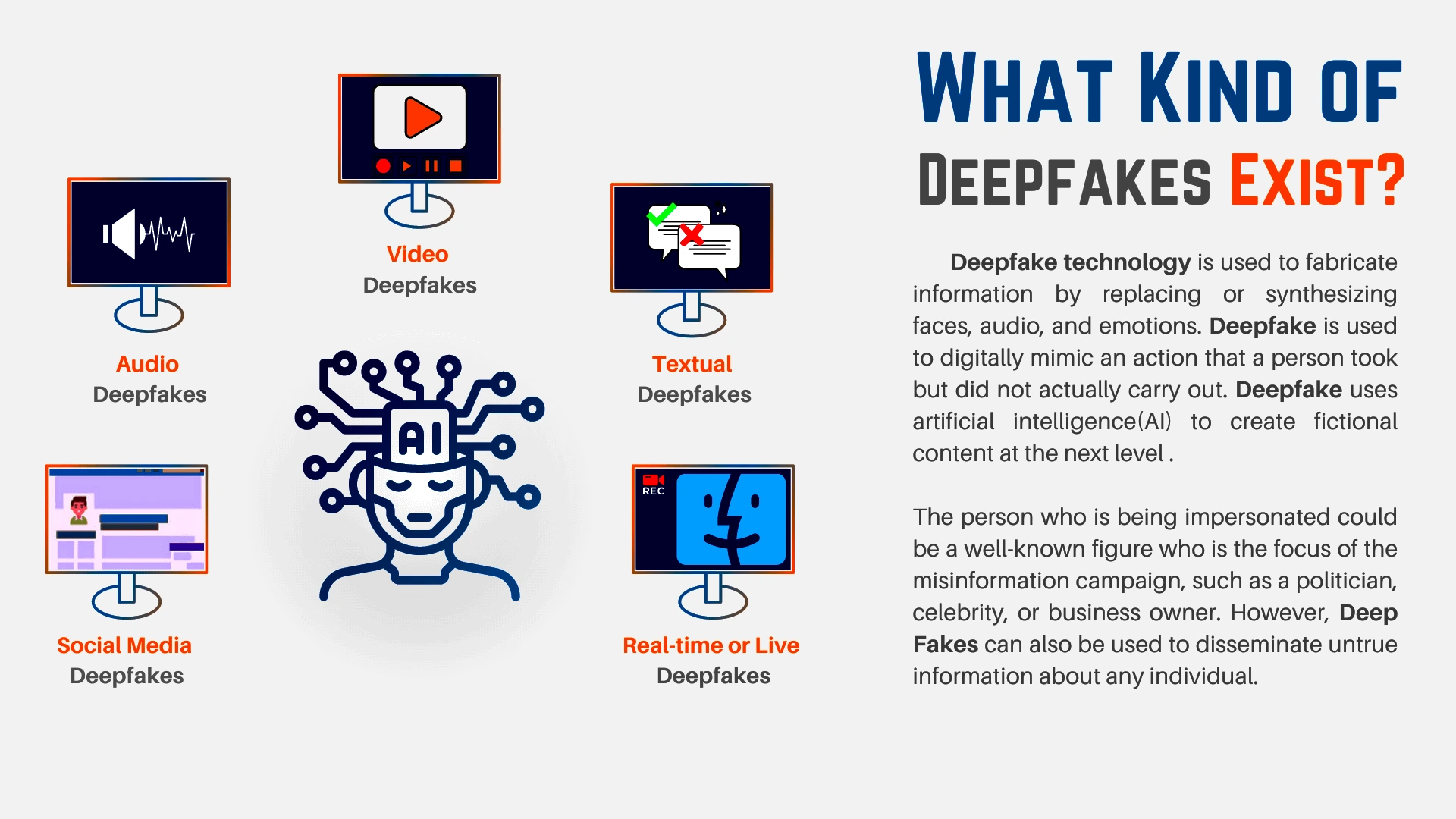
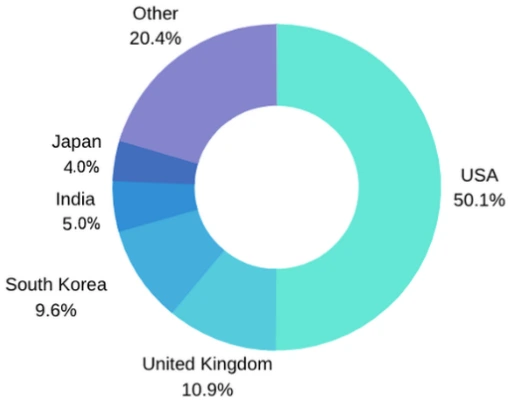
Spotting Deepfakes
|
|---|
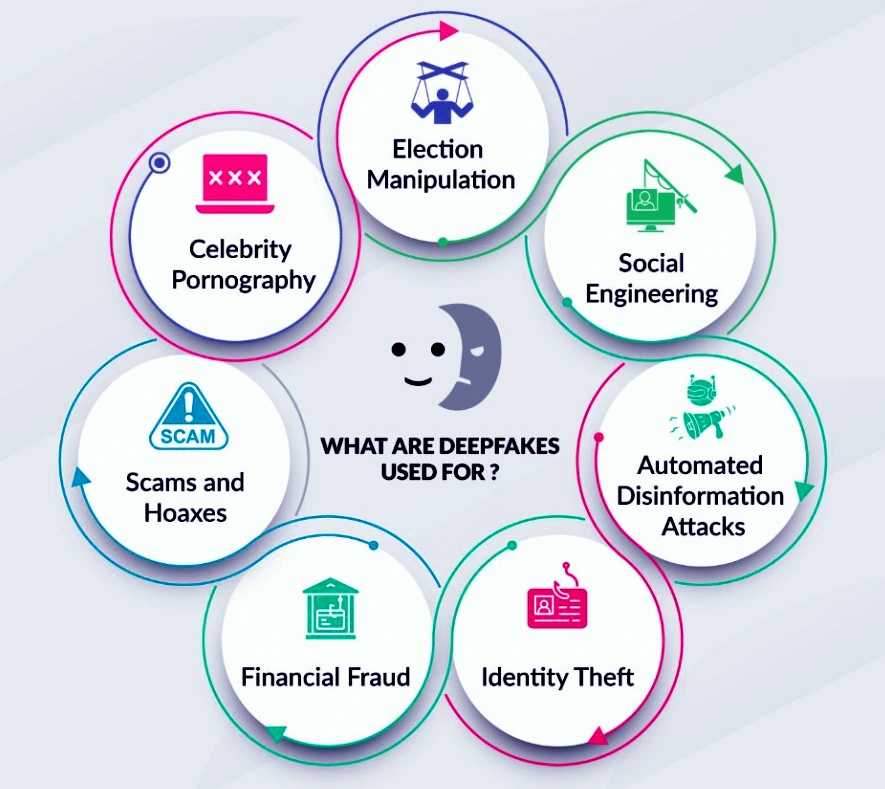
Also Read: IT Rules under scrutiny: Due to Deepfake Threats
The rise of deepfake technology poses significant threats to individuals, societies, and national security, prompting a need for global collaboration, regulatory measures, enhanced media literacy, and technological solutions to mitigate its harmful impacts and ensure the responsible use of artificial intelligence in the digital age.
| Mains Question: Examine the concept of Deepfakes, and the potential risks associated with their use. What are the solutions to mitigate the threats posed by deepfake technology? (250 words, 15 Marks) |
|---|
Also Read: State Bills and the Veto Power of the Governor
| For Example:
In the United Kingdom: The royal assent is necessary for a Bill to be passed by Parliament to become law and the crown has the power to withhold assent. But it is a dead letter. By practice and usage there is no power of veto exercised by the crown in England now.
In the United States: The President is empowered by the Constitution to refuse assent and return a Bill to the House but if the Houses again pass it with two-thirds of each House the Bill becomes law. |
|---|
| Constitutional Protection to Governors:
Article 361 of the Constitution prohibits the court from initiating proceedings against a Governor or the President for any act done in the exercise of their powers.
|
|---|
The SC needs to safeguard the balance of power between the state legislature and the Governors. All constitutional authorities are required to act in a reasonable manner. Unreasonable acts are unsustainable in law.
| Prelims Question (2018)
If the President of India exercises his power as provided under Article 356 of the Constitution of a particular State, then (a) The Assembly of the State is automatically dissolved. (b) The powers of the Legislature of that State shall be exercisable by or under the authority of the Parliament. (c) Article 19 is suspended in that State. (d) The President can make laws relating to that State. Ans: (b) |
|---|
| Mains Question: Discuss the role of Presiding Officers of state legislatures in maintaining order and impartiality in conducting legislative work and in facilitating best democratic practices. |
|---|
SC Verdict on Newsclick Shows Adherence to Due Pro...
Stay Invested: On Chabahar and India-Iran Relation...
Credit Rating Agencies, Impact on India’s De...
Catapulting Indian Biopharma Industry
Globalisation Under Threat, US Import Tariffs Have...
Global Report on Hypertension, Global Insights and...
<div class="new-fform">
</div>
